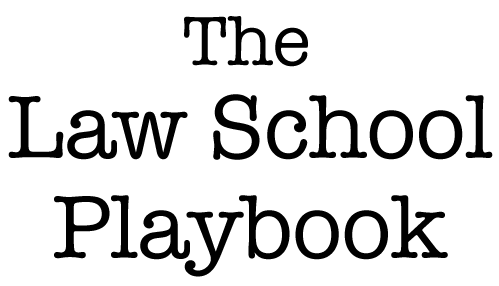I attended an event the other day where the speaker discussed McDonald’s efforts, some years ago, to increase its milkshake sales. McDonald’s approach to doing so, she explained, wasn’t unusual. McDonald’s identified its typical milkshake customers and then surveyed those customers as to how it could improve the milkshakes. Although the customers gave advice and McDonald’s took it, McDonald’s efforts resulted in just a small increase in sales.
That’s where Harvard Business School Professor Clayton Christensen, known for “disruptive innovations,” came in. Christensen approached increasing McDonald’s milkshake sales in a different way. He viewed the customers as needing a job to be done and hiring a milkshake to do it. Christensen believed that, if he could help McDonald’s to define that job, McDonald’s would find the key to unlocking increased sales.
When Christensen (surprisingly) discovered that approximately 50% of McDonald’s milkshakes were bought before 8:30 a.m., he stopped the early morning purchasers to ask a variation of these questions: Why are you hiring a milkshake so early in the morning? What job is it fulfilling?
Likely because those questions are somewhat unusual, people had difficulty answering. Christensen then framed it another way: Was there a time that you hired something other than a McDonald’s milkshake to do the same job? That, apparently, they could answer. Indeed, the customers had hired other things to do the job. But those things didn’t work: spreading cream cheese on a bagel didn’t work because it required two hands; a banana didn’t work because it was gone in an instant and wasn’t filling; and a donut didn’t do the job because the customers couldn’t eat just one. It then became clear to Christensen the job the milkshake was hired to do: to give people something to do (safely) during a long drive to work and to keep them full until mid-morning.
The key to selling more milkshakes, Christensen discovered, was not to improve them in isolation. Instead, the key was to improve the milkshake’s ability to perform its job. For instance, a thicker milkshake would take even longer to drink, resulting in customers feeling satisfied for a more extended period of time.
So, what on earth does this have to do with study skills? In my opinion, quite a lot. Using Professor Christensen’s theory, everything you do—all of your work product—is hired to do its own job.
You hire the cases in your casebook to develop your reading skills, to identify a relevant rule, sub-rule, or exception to the rule and understand how it applies to the relevant facts to reach a conclusion, and to identify the underlying rationale and policy;
You hire your case briefs to identify the key parts of the decision in a readily accessible way for use in class and in a course summary;
You hire your SRS cards to memorize the relevant rules, sub-rules, or exceptions to rules;
You hire your course summary to organize the course information and observe the big picture of the course; and
You hire practice questions to test your knowledge and hone your test taking skills.
If you organize your studies around the job to be done, you can make the products that work best for you. You won’t waste energy making a course summary the way your study partner tells you is best unless it does the job of helping you to organize the course and understand the big picture. You won’t make the dreadful mistake of thinking you are developing your test taking skills when you are using SRS to complete the job of memorization. By hiring all of your work product to do a specific job, you’ll stay focused and undoubtedly yield better results. Who knew that we could take that away from milkshakes?
